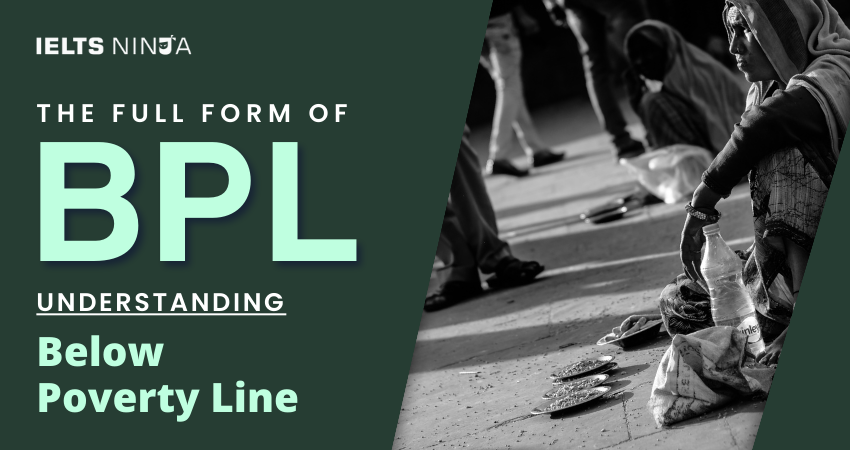In the realm of socio-economic indicators and welfare programs, “BPL” stands as an essential abbreviation. The full form of BPL, which stands for Below Poverty Line, is a classification used to identify individuals or families who fall below a certain income threshold and are considered to be living in poverty. In this comprehensive guide, we will explore the details of BPL, its significance, and its role in addressing poverty and inequality.
What is BPL?
“Below Poverty Line” (BPL) is a term used by governments and organizations to identify and assist individuals or households that have limited financial resources and struggle to meet their basic needs, such as food, shelter, and healthcare. The concept of BPL is crucial in targeting and delivering social welfare programs and assistance to those who need it the most.
Determining BPL Status
The criteria and methodology for determining BPL status can vary from one country to another. However, some common factors considered in assessing BPL status include:
Income Levels:
Income is a primary factor in determining BPL status. Individuals or families with income levels below a specified poverty threshold are classified as BPL.
Asset Ownership:
In some cases, asset ownership, such as land, property, or vehicles, is considered when assessing BPL status.
Access to Basic Services:
Lack of access to essential services like education, healthcare, and sanitation can also be indicative of BPL status.
Nutritional Status:
Malnutrition or inadequate access to food can be a criterion for identifying individuals or families as BPL.
Social Vulnerability:
Vulnerable groups, such as the elderly, disabled, or marginalized communities, are often given special consideration in BPL classifications.
Also Read: Best online IELTS coaching & training academy
Significance of BPL Classification
The BPL classification serves several significant purposes:
- Targeted Assistance: It helps governments and organizations direct social welfare programs and financial assistance to those who are most in need.
- Poverty Alleviation: BPL classifications are essential for poverty alleviation efforts, ensuring that resources are channeled to address the root causes of poverty.
- Resource Allocation: BPL data assists in the allocation of resources for healthcare, education, and infrastructure development in areas with high poverty concentrations.
- Monitoring Progress: Governments can use BPL data to monitor the effectiveness of poverty reduction programs and policies.
Challenges in BPL Identification
Identifying individuals or households as BPL can be challenging due to various factors:
- Data Accuracy: Ensuring accurate data on income and living conditions is critical for fair BPL classification.
- Changing Circumstances: Economic and social circumstances can change, affecting a person or family’s BPL status.
- Inclusion and Exclusion Errors: There may be errors in including deserving individuals or excluding those who should be classified as BPL.
- Stigma: Being labeled as BPL can carry a social stigma, leading some individuals or families to avoid seeking assistance.
Conclusion
The classification of Below Poverty Line (BPL) is a fundamental tool in addressing poverty and inequality. It enables governments and organizations to identify those in need and provide targeted assistance and support to improve their living conditions. BPL classifications play a vital role in poverty alleviation efforts, resource allocation, and monitoring progress toward a more equitable society.
As societies continue to grapple with the challenges of poverty, BPL classifications remain a crucial component of broader strategies aimed at improving the well-being of vulnerable individuals and families.








